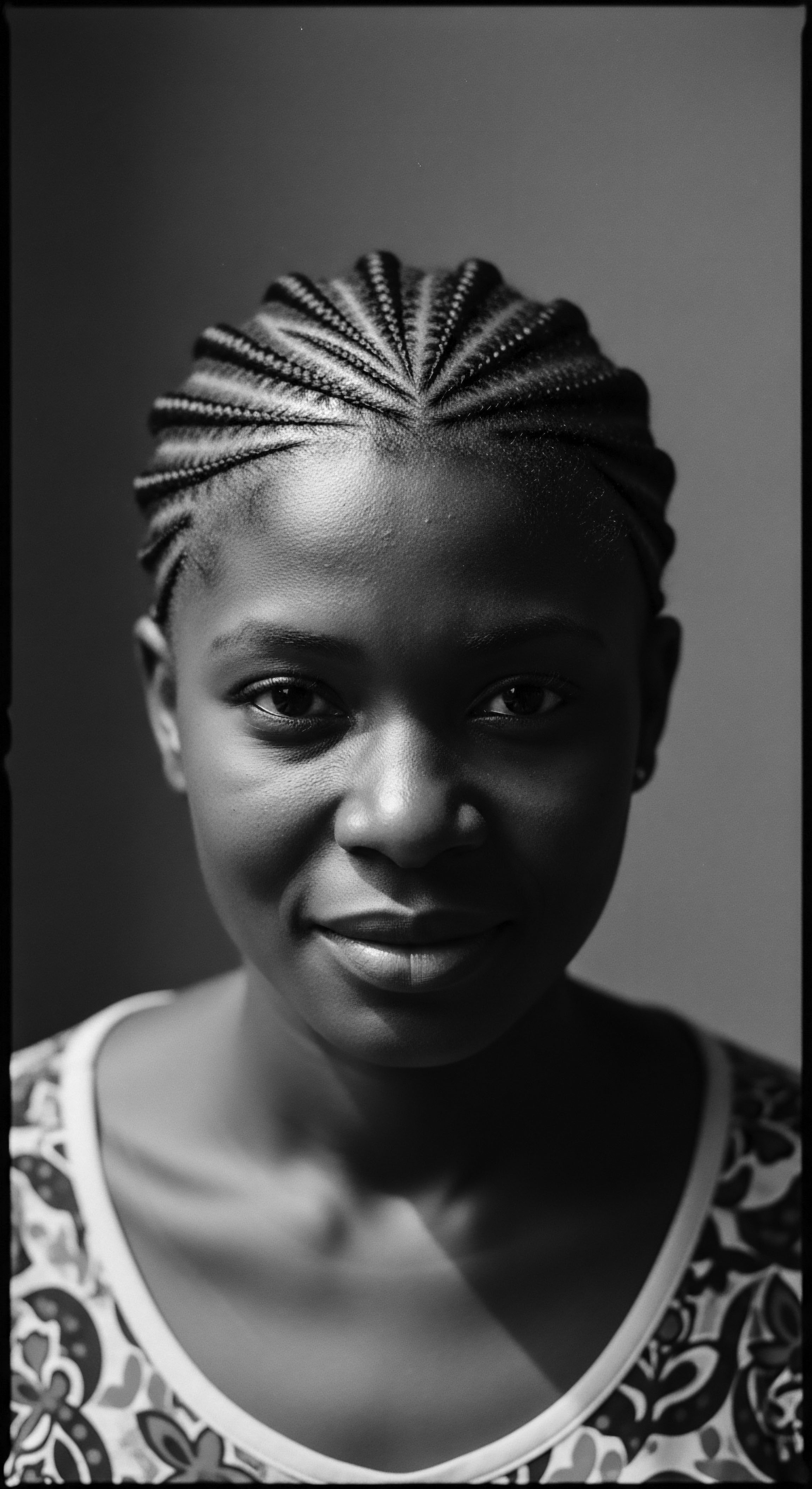
How did Tignon Laws redefine hair heritage?
The Tignon Laws redefined hair heritage by forcing concealment, leading to an ingenious transformation of headwraps into symbols of resistance and cultural pride.
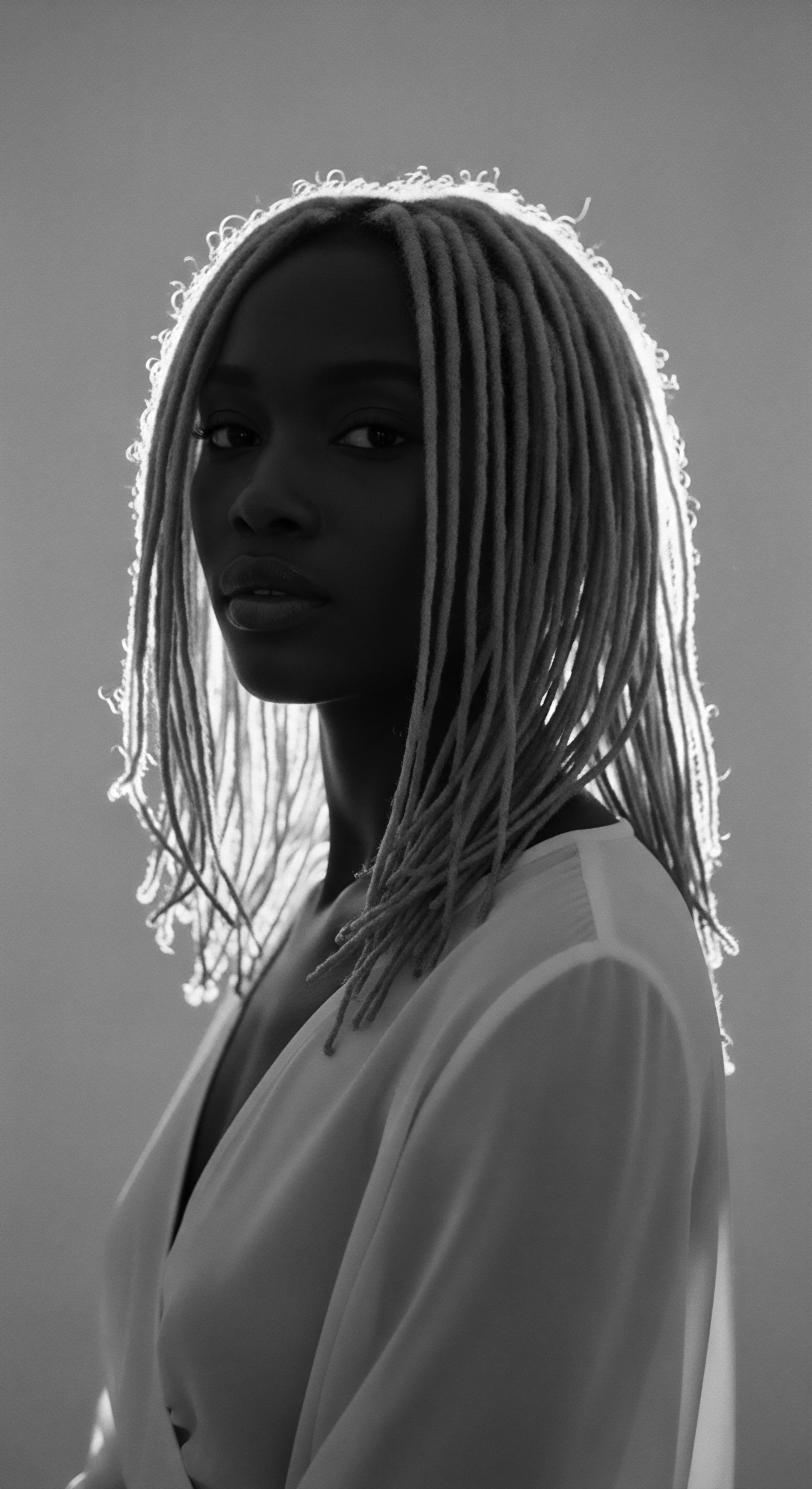
How has textured hair defied cultural erasure?
Textured hair has defied erasure by embodying a continuous heritage, resisting conformity, and serving as a powerful symbol of cultural identity.

In what ways did colonial laws impact textured hair identity?
Colonial laws systematically devalued and policed textured hair, transforming it from a revered cultural marker into a site of enforced subjugation.
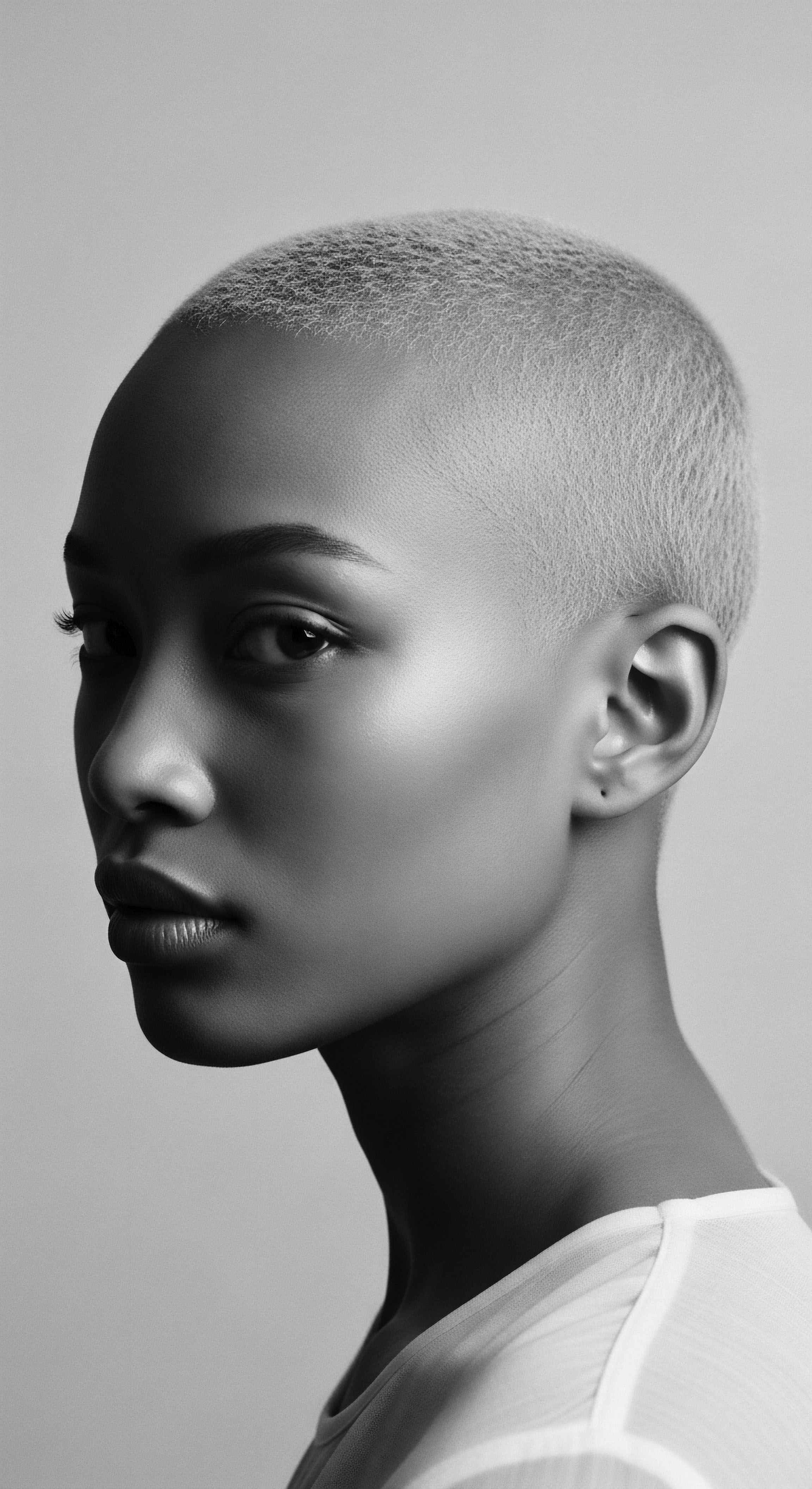
How did head wraps become symbols of Black heritage?
Head wraps became symbols of Black heritage through their evolution from traditional African adornment to defiant cultural statements against oppression, rooted deeply in textured hair care and identity.

How did protective styles become acts of resistance in the African diaspora?
Protective styles for textured hair transformed into powerful acts of resistance, preserving heritage and identity within the African diaspora.
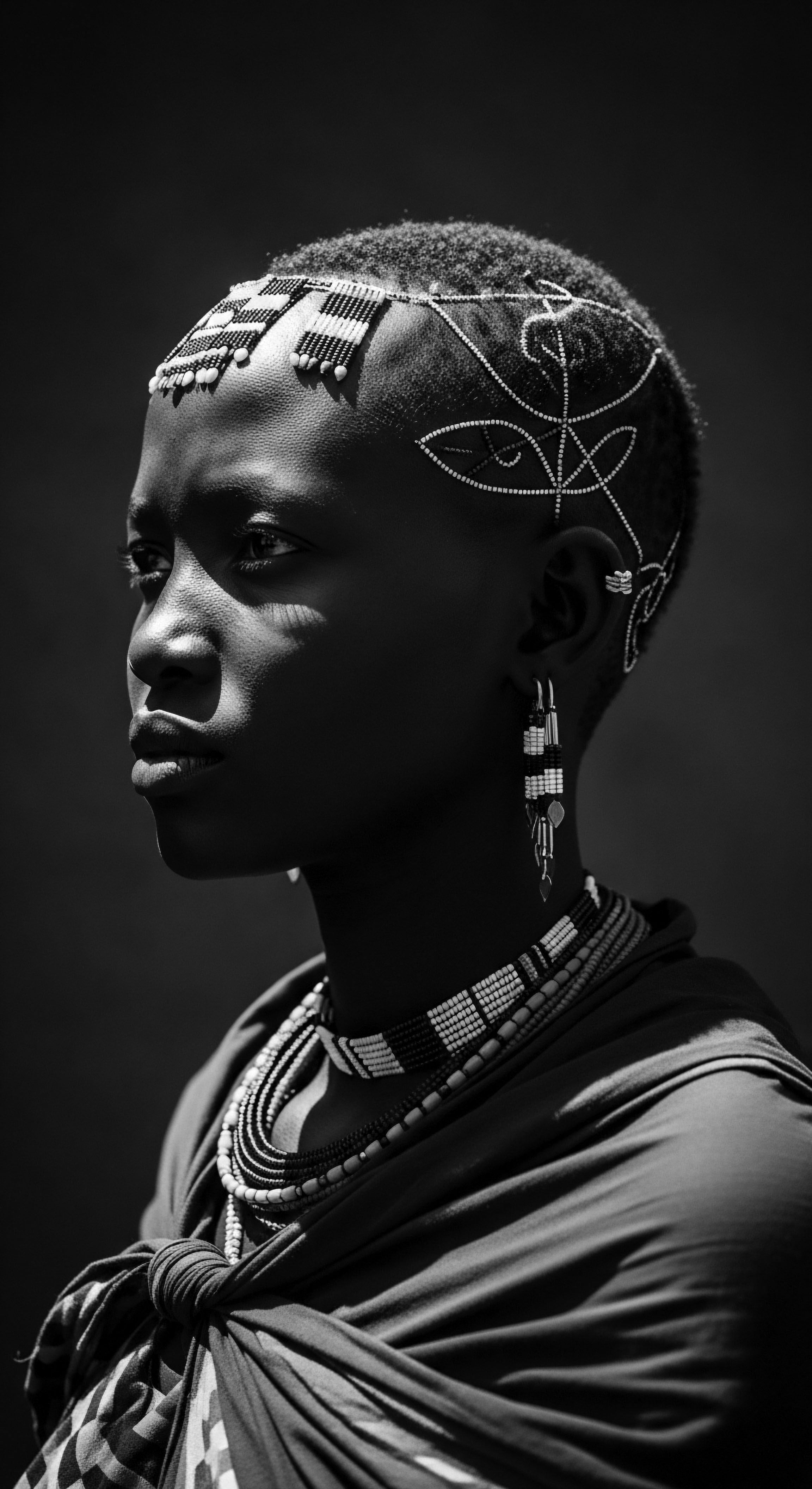
How is textured hair a cultural symbol?
Textured hair acts as a profound cultural symbol, weaving together ancestral heritage, community bonds, and a powerful narrative of identity and resilience.

How did bonnets become a symbol of resistance?
Bonnets became a symbol of resistance by transforming from tools of oppression into affirmations of identity and heritage for textured hair.
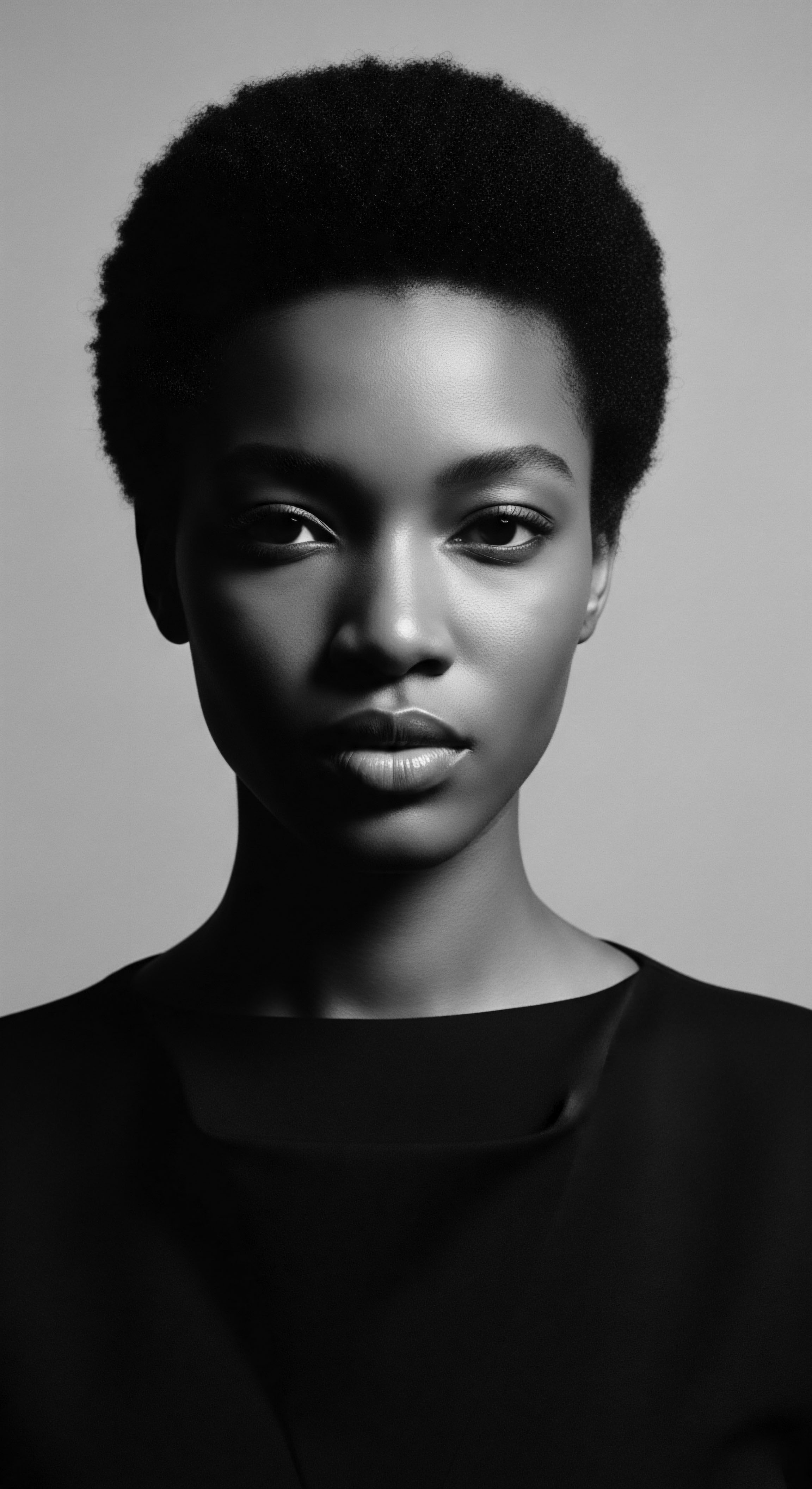
In what ways did African hairstyles preserve cultural identity during historical shifts?
African hairstyles preserved identity by serving as communication, status markers, and symbols of resilience, embodying rich textured hair heritage.

How did hair sealing become an act of resistance in the diaspora?
Hair sealing emerged as resistance in the diaspora through preserving ancestral moisture practices and affirming textured hair heritage against forced assimilation.

Can textured hair truly be considered a living archive of resistance and cultural identity?
Textured hair stands as a dynamic archive, preserving ancestral wisdom, cultural identity, and enduring resistance across generations.

What cultural legacy does textured hair carry through history?
Textured hair’s legacy signifies identity, spiritual connection, and enduring cultural resistance across generations.

What is the cultural meaning of headwraps in hair heritage?
Headwraps embody a deep cultural heritage for textured hair, representing protection, status, spiritual connection, and resistance across the African diaspora.

Why did colonial powers legislate hair, and what does this signify about heritage?
Colonial powers legislated hair to control identity and status, fundamentally devaluing textured hair heritage.

Can specific hair patterns communicate hidden messages of cultural heritage during periods of enslavement?
Hair patterns served as covert maps and communication tools for enslaved peoples, preserving cultural heritage and aiding escape.

What is the cultural significance of headwraps in the diaspora?
Headwraps symbolize a resilient connection to textured hair heritage, identity, and defiance across the diaspora.
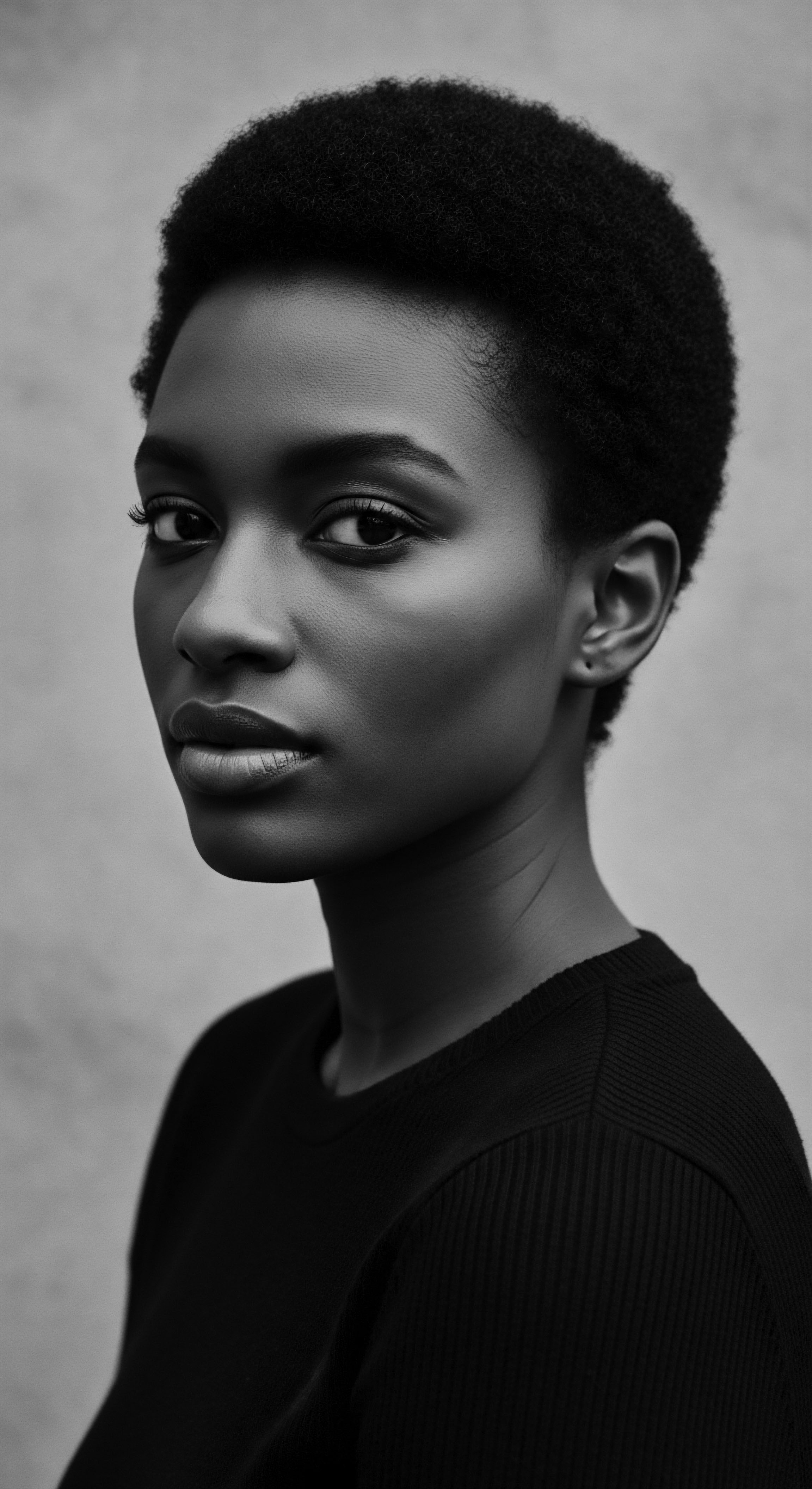
Did styling African textured hair aid cultural survival during slavery?
Styling African textured hair during slavery profoundly aided cultural survival by serving as a hidden language, preserving ancestral practices, and fostering community.

How did textured hair care become a symbol of self-acceptance and resistance?
Textured hair care became a sign of self-acceptance by reclaiming ancestral practices and cultural identity.

